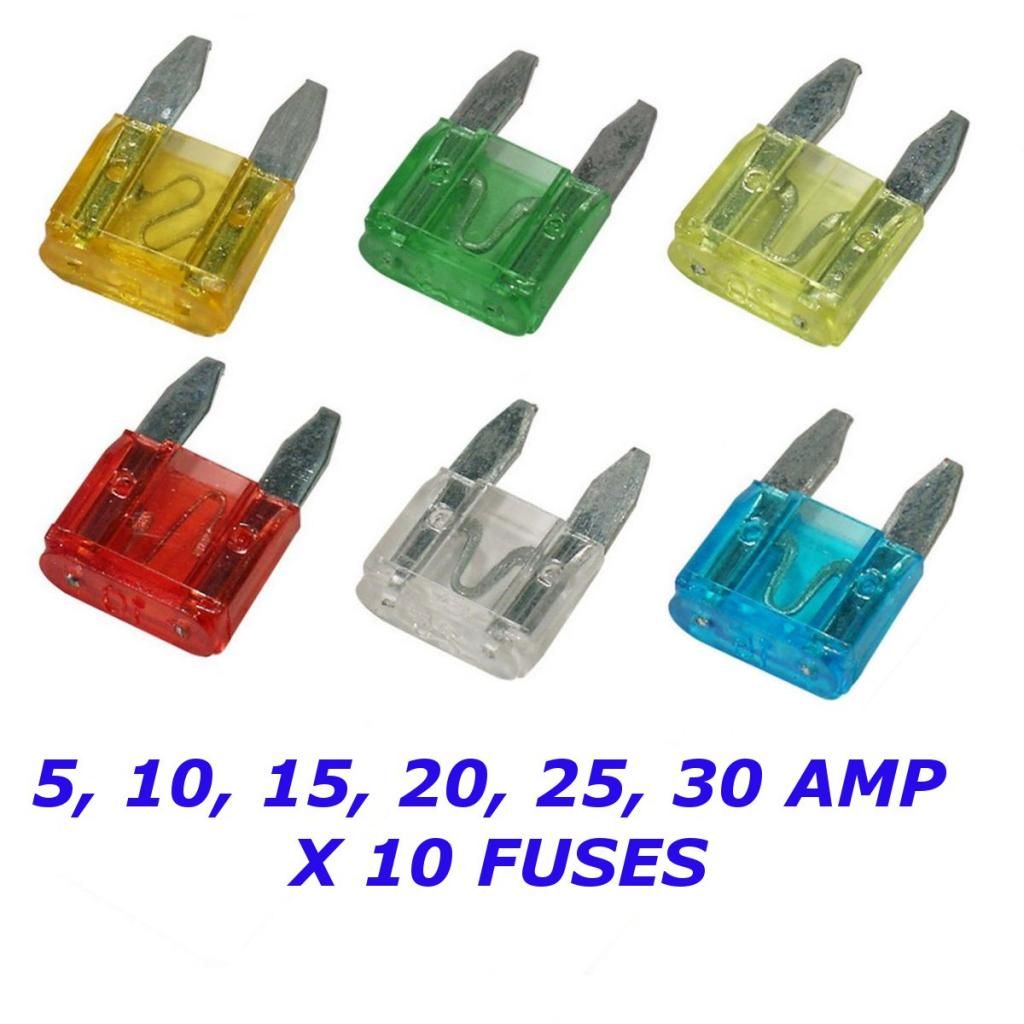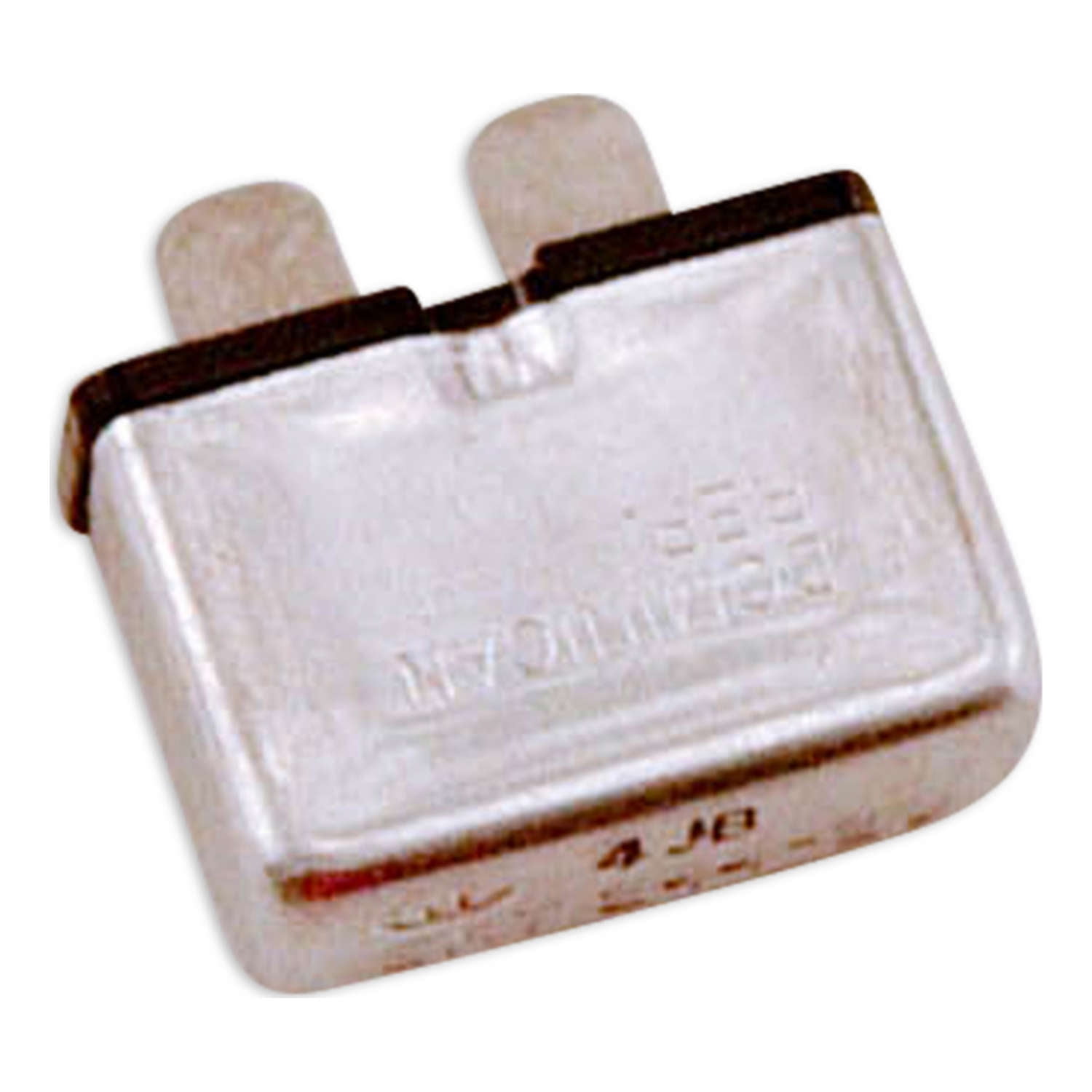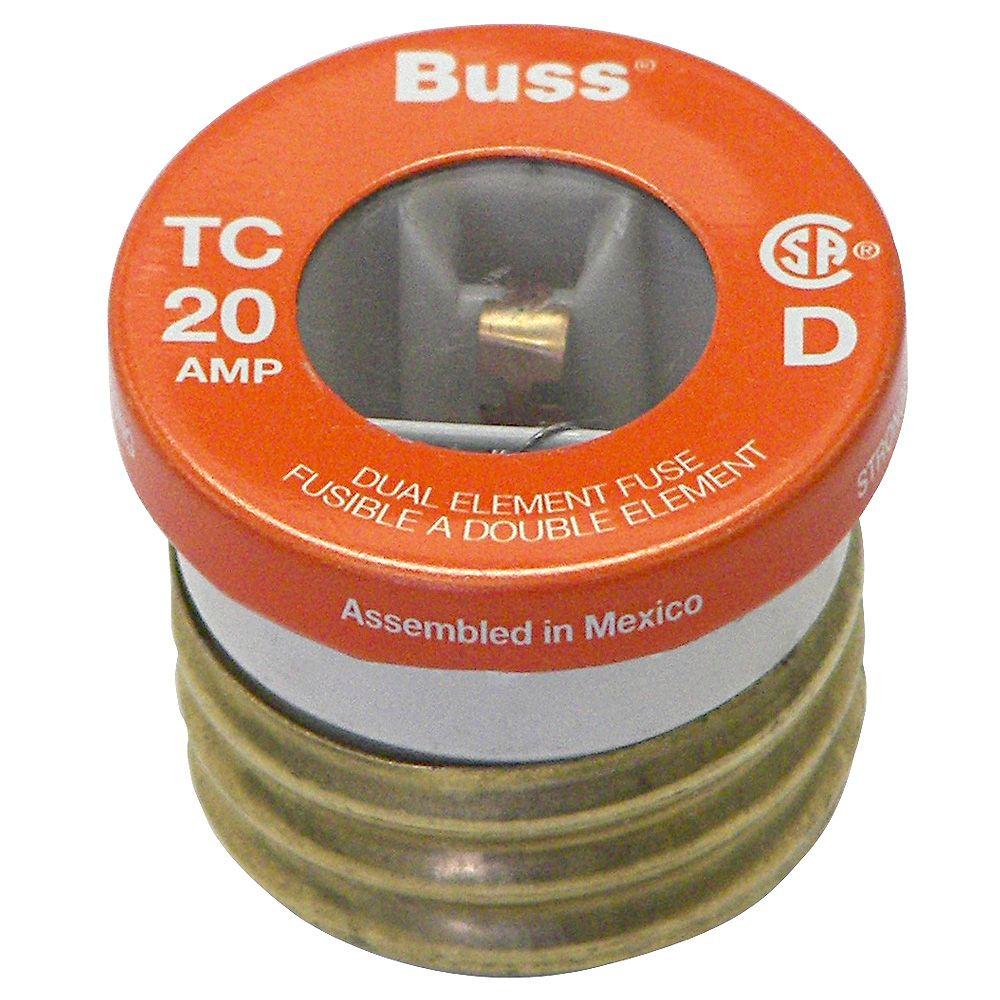
Ⅲ 3 Amp Fuse 3.1 Basic Information about 3 Amp Fuseįuse ratings are usually based on the appliance's power rating. In case of a failure of the device the fuse is suppose to protect, the result of using a larger fuse could be to damage the device to the extent that it could not be repaired. If you replace it with a 5A fuse you will lose part of the protection the 3A fuse was intended to provide. Can you replace a 1 amp fuse with a 5 amp fuse?

3000 Wattsis the maximum it is safe to put on a 13 amp fuse in a plug.ģ. How many watts can a 1 amp fuse handle?ģkWatts divided by 230 = 13.04amps.

They're suitable for use in plugs to prevent overloaded cables from melting or catching fire.Ģ.2 Frequently Asked Questions about 1 Amp Fuse 1. Providing dependable performance and cost-effective circuit protection is one of them. Ⅱ 1 Amp Fuse 2.1 Basic Information about 1 Amp FuseĬeramic fuses with a 1 amp rating are useful for a variety of applications.

#20 AMP FUSE FULL#
The rule of thumb is that the fuse should be re-rated 10-15% higher or lower for every 20☌ increase or decrease in temperature.Īn example of a fuse re-rating when higher ambient temperatures are present:ġ.5 Amps (135% of full load current taken to the next higher standard rating) If the fuse will be utilized at a lower temperature, the fuse amperage should be reduced as well (or else it might never open). If a fuse is exposed to a temperature higher than 25☌, the fuse amperage must be adjusted to compensate for the higher temperature (to prevent "nuisance tripping"). The more heat used, the faster the fuse element melts the less heat applied, the longer it takes to melt the fuse element, It's worth noting that if the fuse is going to be utilized in a situation with potentially very high or low ambient temperatures, the nominal fuse current will have to be much greater or lower.įuses are heat-sensitive devices, which means that heat (from an overcurrent) is required to melt the fuse element within the fuse. If the normal steady-state current is 10 amps, for example, a 15A fuse should be chosen (10 amps x 135% = 13.5 amps, and the next higher standard size is 15A). Once the current value has been determined, a fuse rating of 135% of the current value should be chosen (taken to the next standard value). To choose the appropriate fuse amp erage, you must first determine the circuit's full-load steady-state current at a temperature of 25° C (68° F). It has to be my bank angle sensor right? Please correct me if I'm wrong.2.2 Frequently Asked Questions about 1 Amp Fuseģ.2 Frequently Asked Questions about 3 Amp FuseĤ.2 Frequently Asked Questions about 5 Amp Fuseĥ.2 Frequently Asked Questions about 10 Amp FuseĦ.2 Frequently Asked Questions about 15 Amp Fuseħ.2 Frequently Asked Questions about 20 Amp FuseĨ.2 Frequently Asked Questions about 30 Amp Fuseĩ.2 Frequently Asked Questions about 40 Amp Fuse As soon as I plugged my bank angle sensor in right side up and repeated the process, my fuse blew. Then I plugged the headlight harness back in but unplugged the bank angle sensor and repeated the process. Try to start the bike and of course it turns over but doesnt start because my bank angle sensor isnt connected but the fuse is still fine. With the killswitch off, I turn key giving power fuse is fine. So I unplugged that part of the wiring harness to see if that were the problem. Shortly after getting the bike home I noticed that my 20 amp fuse for the FI (fuel injection) kept blowing no matter what I did.

After a 2hr ride my bike just completely shut off at 80mph on the highway. Also put a new stator and a new starter solenoid on. I have a 2006 cbr1000rr that I recently changed the headlights to HID and bought a new front wiring harness for the headlights since the previous owner had cut up the old ones for an after market headlight.


 0 kommentar(er)
0 kommentar(er)
